Hindustan Ambassador (1957-2014) - 684 months
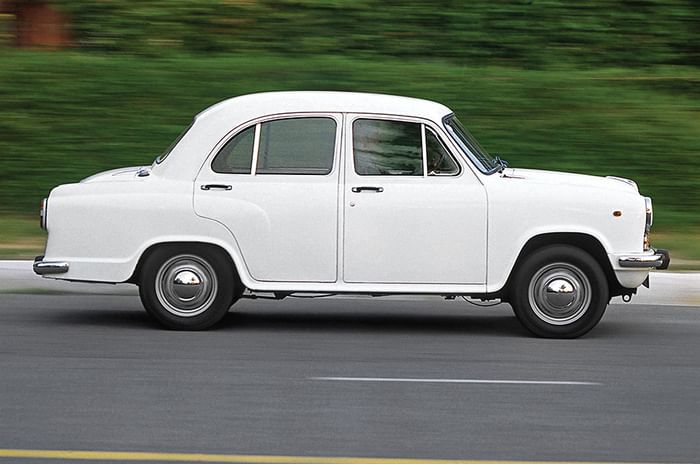
The Ambassador wasn’t just a car. It was an Indian icon, the national car – one that spanned different eras and generations while serving political leaders, bureaucrats, businessmen, families and taxi drivers alike. It dominated Indian roads for decades and became an integral part of the country’s landscape. That it lived for 684 months gave it the honour of being the car with the longest production run in the world.
The Ambassador’s roots go back to the 1948 Morris Oxford, launched in India in 1954 as the Hindustan Landmaster. In 1957, it got a new grille, hood and rear fenders and was christened the ‘Ambassador’. Thereafter, the car was unchanged for decades, save for minimal cosmetic changes that came far and few between.
In 1963, it got a new grille and was named the Mark II. Then, a full 12 years later, another grille change made it the Mark III. In 1979 came another grille change, and, you guessed it, it became the Mark IV. This marked (no pun intended) the end of the Mark series, which was a sad industry joke at the time and reflective of an era in which product development was virtually non-existent. The little product development that was done was dieselising the existing 1,489cc petrol engine in 1975, to offer the Amby’s huge taxi market a low running-cost option.
Emission regulations finally killed the ageing 1.5 petrol engine but not the car. To meet BS2 emission norms in 2000, HM shoehorned the 1.8-litre Isuzu engine from the Contessa into the Ambassador, which made it the fastest accelerating car in its class, beating Fiats, Marutis and Tatas at the time!
Finally, in 2014, HM pulled the plug on a car that should have died many generations ago. But while the good old Ambassador has gone, it’s been around far too long to be forgotten in a hurry.
Premier Padmini 1100 (1964-2000) - 432 months
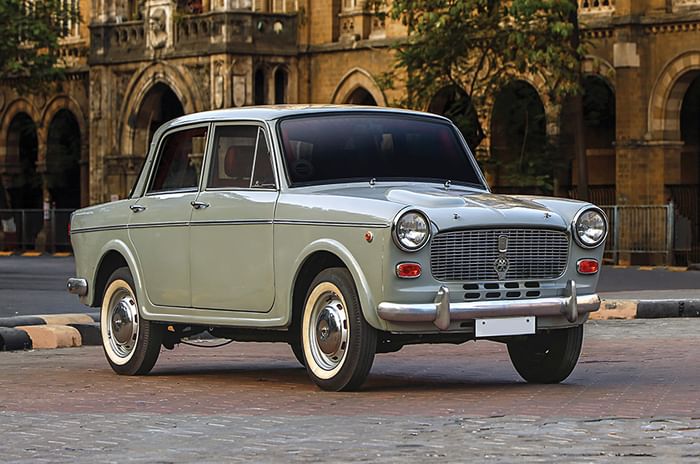
The other car, the only alternative and rival to the Ambassador was the Premier Padmini, which for around two decades was one of two choices Indian car buyers had. The Premier Padmini was essentially a rebadged version of the Fiat 1100 ‘Delight’, and it went on sale in 1964. Eight years later, Premier Automobiles Limited (PAL) was freed from the licensing contract with Fiat and started producing its own version of the 1100, which was first called the President, and then named ‘Padmini’.
More user-friendly than the Ambassador, the Padmini was the preferred choice for families, and at one point, just before Maruti came in, it commanded an 8 to 10-year waiting period!
Like the Ambassador, the car hardly changed over the course of its long 432-month life. With the arrival of the game-changing Maruti 800 in the early 1980s, PAL was jolted out of its stupor and a series of improvements were initiated on the Padmini. In 1985, the bypass oil circulation system was replaced by a full-flow system that improved the oil circulation. The compression ratio of the 1,089cc engine was increased, taking the power from 39hp to 42hp. In 1987, the traditional front quarter glass was deleted to save the company Rs 40!
Between 1989 and 1992, the company went from Pierburg to Solex carbs to lower emissions and improve power. The Padmini briefly had a diesel engine – a 1,367cc unit that developed 41hp, which appealed to the taxi segment. It was this engine that gave diesel a notorious name, with its exhaust spewing out thick, black smoke and triggered a PIL (Public Interest Litigation) against vehicular emission, which is a running battle in the courts until today.
The heart of the Padmini was always the 1,089cc engine that goes back to the 1937 Fiat Millicento! The biggest change to the good old engine came in 1993. The cylinder head was reworked completely, which boosted power to 48hp. This more powerful variant was called the S1 for Step 1. Sadly, there was no Step 2, and the Padmini, fast losing ground to the all-conquering Maruti 800 and unable to meet BS2 emission norms, was finally put to rest in 2000, after a solid 432-month inning. Best known as a kaali-peeli taxi immortalised in so many Bollywood movies, the Padmini made Fiat a household name.
Maruti Omni (1984-2019) – 420 months
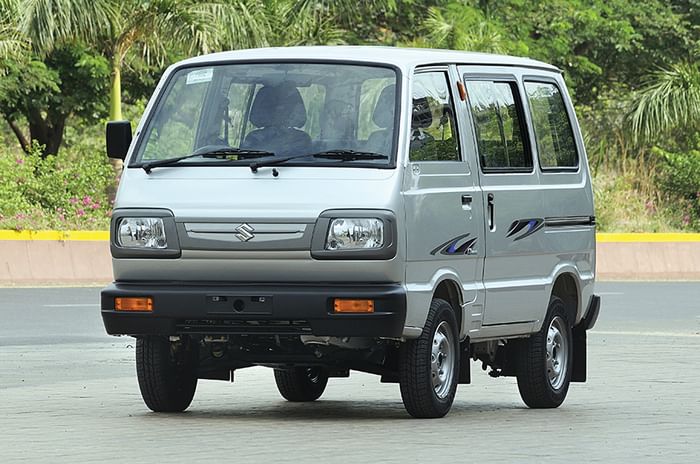
It was launched in December 1984, exactly one year after the Maruti 800, but it went on to become the most enduring Maruti ever, finding customers right until it was discontinued in mid-2019. That it remained largely unchanged for over three decades is a remarkable testimony to its fitness for purpose, which was to transport the maximum number of people in the cheapest and most efficient way possible.
However, it did not start out with the large Indian family in mind. It was launched simply as the Maruti Van for semi-commercial application. But, what cost-conscious Indians saw in this affordable, user-friendly and ultrareliable van was a frugal way to carry up to eight people. The closest 8-seaters were those from Mahindra, and they were too big, too crude and a lot more expensive in comparison.
However, as a family car, the Maruti Van was also a bit too basic, and based on customer feedback, Maruti with its first stab at in-house R&D, tweaked it to make it plusher and more comfortable. The all-black interiors were changed to lighter and airier tones. The thin and flat middle-row seat was replaced by a bench with far more generous cushioning, and, lastly, the rear suspension, originally designed for high payloads was redesigned to make the ride softer and more compliant. And with all those changes came a new name. In 1988, the Maruti Van was rebranded the Omni, and this image makeover established it as the de facto family car in rural India. In fact, few vehicles have enjoyed such a loyal following and it’s not uncommon for households to have rebought the Omni 5-6 times.
The Omni remained largely unchanged for the rest of its life, except for a few cosmetic changes and upgradation of the venerable 796cc, three-cylinder F8 engine to meet the new emission standards. At the turn of the century, the Omni was given disc brakes in a bid to improve safety. But the fact is that, with its small wheels, high centre of gravity and small track, and, lest we forget, zero crash protection afforded by the cab-forward design, the Omni was anything but safe.
In fact, this is what finally killed the Omni as it simply could not meet the more stringent crash regulations that came into effect last year. Its discontinuation has left a huge void in Maruti’s portfolio, which can never be filled. And at a price of just Rs 2.88 lakh (8-seater; ex-showroom) before it went off the market, there will never be another people carrier that can offer as good value for money.
Maruti Gypsy (1985-2019) – 408 months
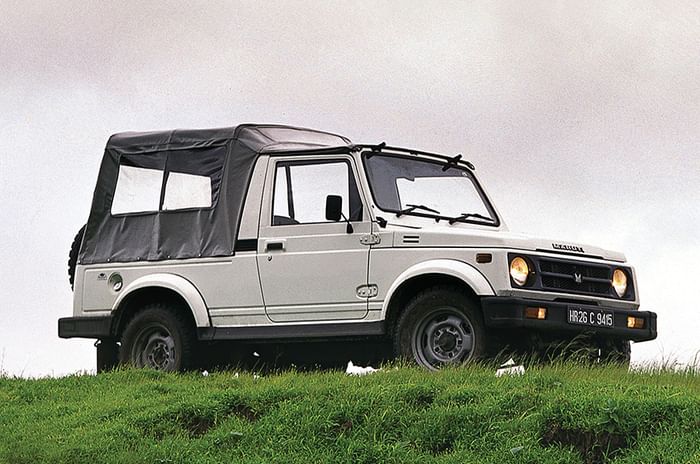
It’s the way the Gypsy punched above its weight, slaying giant 4x4s in the process that earned it a die-hard following and gave it cult status. Launched in 1985, the Gypsy’s first proved itself during the gruelling Himalayan Rally and, in fact, it was the national rally scene – thriving at the time – that cemented the Gypsy’s reputation as a light, nimble and quick (for its time) rally car that could take an incredible amount of abuse.
Early Gypsys with the suffix 410 came with the F10 970cc, four-cylinder engine from the F-series family (same as the 800cc, three-cylinder engine in the 800 and Omni), mated to a 4-speed gearbox. Its narrow track made it inherently unstable, and as most rally drivers will attest (including myself), it didn’t take too much to roll a Gypsy. This prompted a wider-track version called 410W (yes, ‘W’ for wide) which came in 1993 and had much better stability. In fact, when the Gypsy King with the Esteem’s significantly more powerful 1.3 engine (60hp versus the F10’s 45hp) was launched in 1996, the wider track and beefed-up brakes helped it cope with the 15hp increase in power. In March 2000, the switch to fuel-injection bumped up the Gypsy’s power to 82hp (in BS2 guise), making it an even more formidable rally car. But it wasn’t just as a rally car that the Gypsy excelled. It was fantastic at what it was born to be – a hard-core off-roader. Adequate ground clearance, tight angles of approach and departure, and above all, its light kerb weight (which compensated for the engine’s lack of torque) made it the 4x4 to beat on a trail. But it’s not just off-roaders who loved the Gypsy, but also the Indian defence forces which were the plucky SUV’s biggest customer.
But, however loved the Gypsy may have been, with no diesel, three doors and only a soft-top, demand was always going to be limited. Maruti tried to address the last point by offering the model with a factory-fitted hard-top, but that wasn’t enough. Its charm of simplicity and honesty found little appeal amongst a new generation of car buyers who wanted comfort and gizmos over everything. Finally, like with its sibling, the Omni, it was the new crash-test regulations that finally killed it.
Maruti 800 SB308 (1986-2014) – 336 months
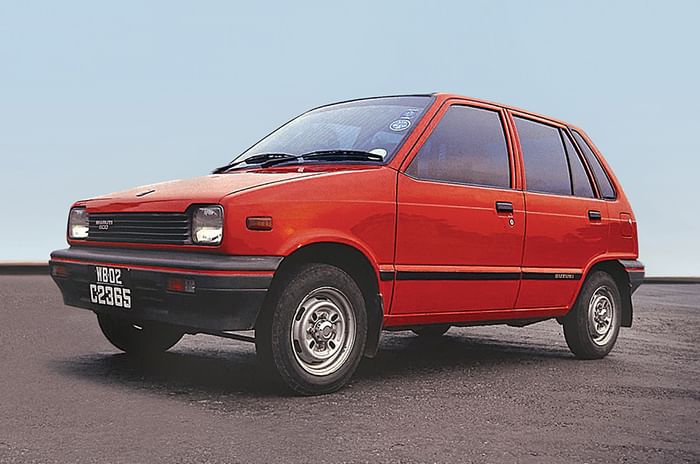
The original Maruti 800 (SS80) may have started the revolution, but it was its successor, the Maruti 800 SB308 launched in 1986 that went on to put the nation on wheels and dominated the Indian car market for decades.
Over its lifetime, this diminutive car went home to 29 lakh owners in the country. It was the 800 that taught people how to drive; it was the first car for millions; and after the dark ages of the Ambassador and Padmini, it came as a heaven-sent alternative, one that made motoring an absolute delight. Women, too, took the wheel, as it was a car that was easy and unintimidating to drive. Not surprisingly, in the early years, Maruti couldn’t keep up with the demand for the 800, which always had a long waiting list. And in this scenario, where demand was always more than supply, the carmaker found little incentive to upgrade it. For 11 years after its launch, the 800 was given no improvements to speak of. It was only in 1997 that it got its first revamp, which by today’s industry standards was not much more than a minor facelift. Nevertheless, a new nose, spruced-up interiors, and a more elaborate coil-sprung rear suspension in place of the cartlike leaf spring setup did freshen up things to some extent.
The biggest improvement, however, was the move to BS2 emission regulations. The carburettor was finally ditched and replaced with a four-valve-per-cylinder, multi-point fuel-injection system and a 5-speed gearbox; this transformed the performance of the little 800, making it an unbelievable 9sec faster in the 0-100kph run. This variant of the 800, however, was short-lived and was dumbed down to two-valve-per-cylinder spec in deference to the Alto, which, higher up the hierarchy, got the more powerful, four-valve version of the engine. In fact, with the arrival of the Alto – the eventual replacement of the 800 – marked the start of the end for this great little car. But it took Maruti 14 years after the launch of the Alto to finally phase out the Maruti 800 in 2014. Such was the demand for this car, especially in the most remote regions of the country.
The great little Maruti 800 was not the first car in India, neither was it the best, but it is easily the most significant one in the history of the Indian auto industry. No other model has singularly had such an overwhelming impact on an entire car market.
Tata Sumo (1994-2019) – 330 months
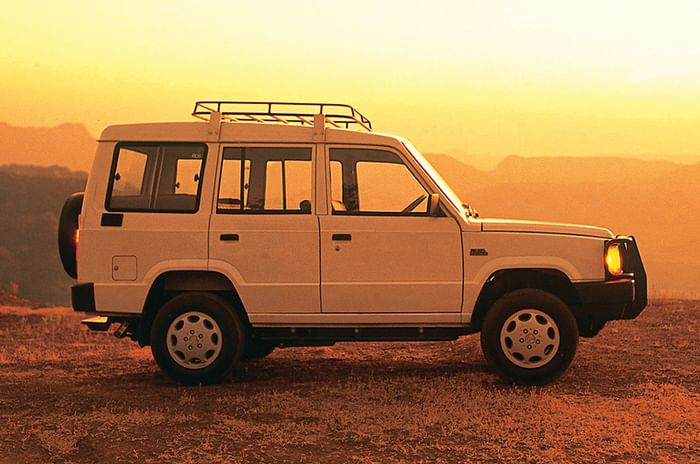
After dabbling with the Tata Sierra and Estate, Tata Motors (called TELCO back then) got serious with the Tata Sumo – its first shot at the mainstream UV market.
Launched in 1994, the conceptually brilliant Sumo (its breadbox styling notwithstanding) turned out to be the success story of the decade. The 10-seat Sumo took advantage of the government’s warped excise duty regulations at the time – an exorbitant 40 percent excise duty for cars with less than 10 seats but just 15 percent for vehicles with 10 seats and more and a gross vehicle weight above 2,700kg.
Cashing in on the tax benefit, Tata launched the Sumo at on-road price of just Rs 3.23 lakh, which made it unbeatable value for money. No wonder then that it snatched market share from its only competitor, the Mahindra Armada which was smaller, cruder and more expensive too.
Sadly, Tata Motors could not build on the Sumo’s huge success for several reasons. Firstly, the focus shifted to the Indica project and, as a result, the UV division didn’t get priority. Second, the Sumo was plagued with reliability issues which dented consumer confidence to some extent and presented Mahindra an opportunity to fight back, which it effectively did with the Bolero launched in 2000. In fact, the Bolero went from strength to strength while the Sumo lost ground. Also, the Sumo’s very short wheelbase and huge rear overhang, which with four people sitting in rearmost seats located behind the rear axle, made it inherently unstable. In fact, at one point, insurance companies had threatened not to insure the Sumo because of the high incidence of accidents it faced.
The Sumo did get several upgrades along the way that extended its life. The Sumo Spacio launched in 2000 was a no-frills variant targeted at the commercial segment. Powered by the simple but crude 3.0-litre diesel from the Tata 407, the Spacio had enough grunt as people-hauler.
Meanwhile, the regular Sumo was upgraded as well, and it got another facelift in 2004 and was called the Sumo Victa. The facelift came with freshened interiors and some extra features in an attempt to entice private buyers, but that didn’t quite work. Then, in its most concerted effort to take the Sumo upmarket, Tata Motors launched the Sumo Grande which had a more rounded, restyled body, all-new interiors with three rows of seats (the last being forward-facing), a softer ride and improved refinement. However, the Grande was still too crude and rudimentary to be a credible rival to the mighty Innova, despite being significantly cheaper. It never really took off and was finally discontinued.
Tata Motors finally called it quits with the Sumo and discontinued it in 2019 as there was no point investing several hundred crores to upgrade it to meet the new BS6 norms and crash regulations.
For sheer space and comfort, there was nothing quite like the Sumo in its class, but sadly, it lacked quality, and wasn’t upgraded sufficiently to sustain its early success.
Tata Safari (1998-2019) – 252 months
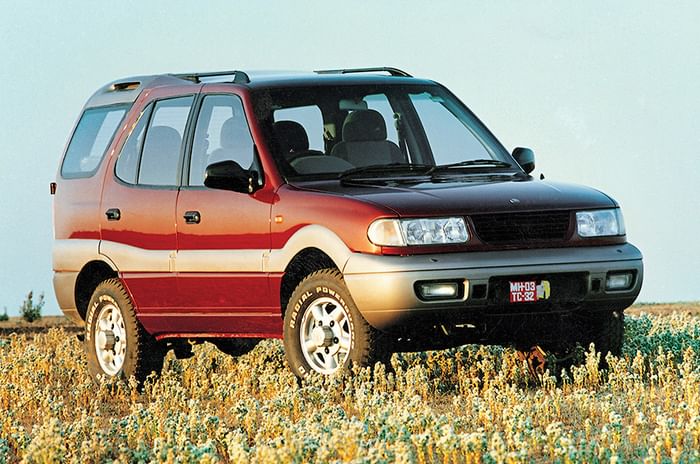
It’s fair to say that the Safari was India’s first premium SUV. In fact, it was the only proper SUV in the true sense when it was launched in 1998. It had all the ingredients – imposing road presence, handsome styling, loads of space, and for its era, a capable 90hp, 2.0-litre turbo-diesel engine.
The Safari quickly become a status symbol and was the politician’s favourite, especially during election time. The fabulous ride, high seating position and unbeatable comfort endeared it to owners, but like most Tata cars, quality was an issue here too. Niggling faults would keep cropping up and overall reliability was always suspect.
The Safari too saw several major revisions and updates over the course of its lifecycle to keep up with the competition. In 2005, it got its first big facelift and an all-new engine – the Tata 407’s 3.0-litre diesel but developed with common-rail injection to meet BS3 regulations. This heavy, low-revving motor with unusually tall gearing spoiled the driving characteristics and sent Tata Motors back to the drawing board to develop an all-new diesel engine family. In the interim, Tata even gave the Safari a 2.1-litre petrol engine based on the original diesel block. Though the engine was smooth with a nice and even power delivery, the lack of torque and thirst for fuel didn’t quite get people queuing up for it.
Finally, in 2010, to coincide with BS4 emission norms, the Safari finally got the engine it should have had all along. It was an all-new 2.2-litre turbo-diesel developing a lusty 140hp, which gave the overweight Safari sufficient grunt. The model, now back on the company’s radar, was lavished with a lot of attention.
In 2012, 14 years after it was launched, it got its biggest update. Based on the Hexa’s ‘X2’ ladder chassis and with the most substantial styling revisions, the new Safari or Safari Storme was a generation ahead. Trouble was that it didn’t quite feel that way because the competition had moved much further ahead. The Storme was further upgraded in 2015 with a few cosmetic changes (like the Land Rover-inspired grille) and a more powerful version of the 2.2 turbo-diesel with power bumped up to a not insignificant 150hp.
Yes, the Safari Storme was still better but none of the changes were enough for it to take a quantum leap to land ahead of its rivals. It was a case of too little, too late, and finally, the Safari met the sword of tighter regulations. The Safari is gone but it leaves behind a legacy of loyalists who just loved it size, height and comfort.
Two Wheelers
Royal Enfield Bullet 350 (1956-2010)
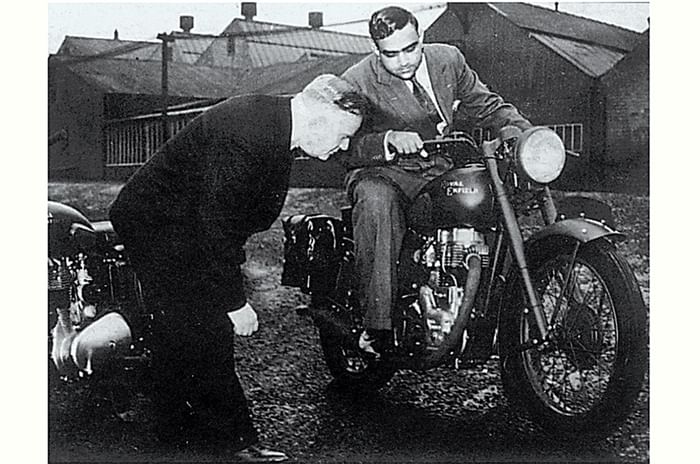
With ‘Enfield India’ having been formed in 1955, in partnership with Madras Motors, the first 350cc Royal Enfield Bullets rolled out from the Tiruvottiyur plant in 1956. The bike continued to be sold in India for an incredibly long period of 54 years. Many of the components, including the engine and gearbox, were imported fully assembled, until the UK Redditch factory shut down in 1970 and local production took over.
There were some minor upgrades along the way, including a switch from magneto to distributor ignition, and some changes to the carburettor as well. However, the good ol’ ‘cast iron’ Bullet with its quirky right-side gearshifter skipped the Royal Enfield’s AVL engine era and sold right up to 2010. Its reign only ended when the BS3 norms arrived and the new-age UCE engine took over. The original Bullet 350 was, and will probably always be, India’s longest-selling motorcycle in a single form.
Escorts Rajdoot 175 (1962-2005)
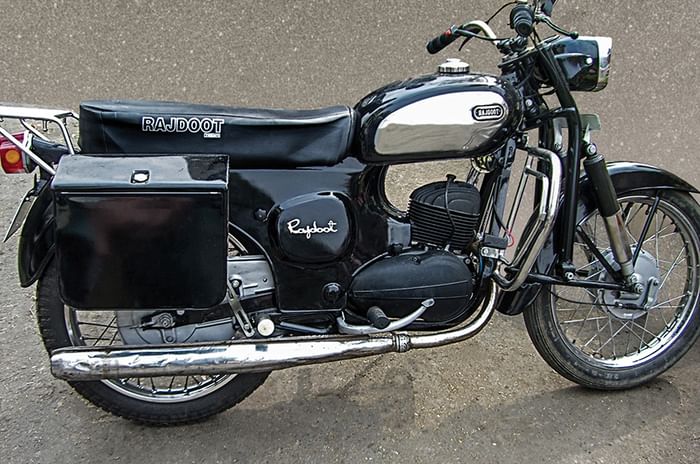
In 1962, the Escorts Group brought the manufacturing rights to a Polish motorcycle called the SHL M11 and launched it here as the Rajdoot 175. With a basic Earls-fork front suspension, 3-speed gearbox and a 9hp, 173cc, two-stroke engine, this bike wasn’t for enthusiasts who preferred their Jawas and Royal Enfields. However, the Rajdoot was a cost-effective and near bullet-proof machine that went on to become rural India’s working-class hero.
By the late 1980s, the Rajdoot’s popularity began to wane due to the newer-age Japanese two-strokes and, of course, the four-stroke Hero Hondas. Automobile historian Murad Ali Baid tells us that along with the standard model, the company also experimented with variants that had a telescopic fork and 4-speed transmission, but the Rajdoot’s days were numbered. Production was slowly phased out in the run-up to the implementation of BS2 emission norms in 2005.
Hero Honda Splendor (1994-present)
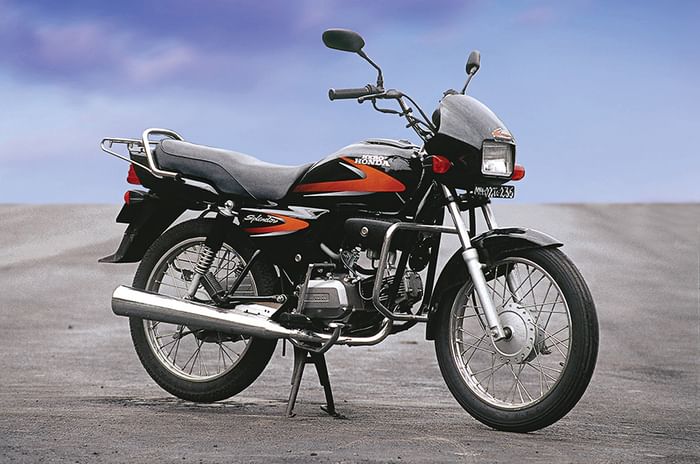
The 1985 Hero Honda CD 100 kick-started the affordable four-stroke revolution in India, but the 1994 Splendor that replaced it is the one that makes it to this list. It was renamed the Splendor+ in 2004, and it dropped the Honda badge in 2011, but the Splendor’s double cradle-frame and the now-legendary sloper engine continue on to this very day. Over time, multiple ‘all-new’ Splendors with bigger engines were launched, but the undying demand meant the stalwart Splendor+ never died. Of course, it received a number of small visual upgrades over the years, and the engine too has been continuously updated to meet the ever-tightening emissions norms. However, the original 97.2cc capacity and 50x49.5mm bore x stroke dimensions have stayed constant since the 1985 CD 100. The Splendor continues to adapt and float with the winds of change and even 25 years later, it is still India’s bestselling motorcycle!
Honorary Mentions
India’s history has actually seen quite a few two-wheelers that have sold for over 250 months. However, our list isn’t that elaborate since we only considered the ones that had no significant engine, chassis or design changes.
Nevertheless, some machines do deserve a special mention, especially the original Bajaj Chetak. It misses out here because of a midlife body panel redesign, but the two-stroke Chetak was on sale from 1972 to the early 2000s, and was replaced by the short-lived four-stroke scooter.
Then there’s the two-stroke TVS XL Super which was launched in 1997 and sold for 228 months before domestic sales ended. In fact, export sales extended the XL Super’s life up to 245 months - so close! Another legendary moped, the Kinetic Luna was around from the early ‘70s to the early 2000s, but it used different engine sizes through its lifetime.
As for motorcycles, historian and friend Adil Jal Darukhanawala revealed that the B-Type Jawa formed the basis of many domestic Jawa and Yezdi models for well over 20 years, but none of those models existed independently in that period.
Rishaad Mody
Escorts Rajdoot 175 image courtsey: Daniel Wabyick via Flickr























